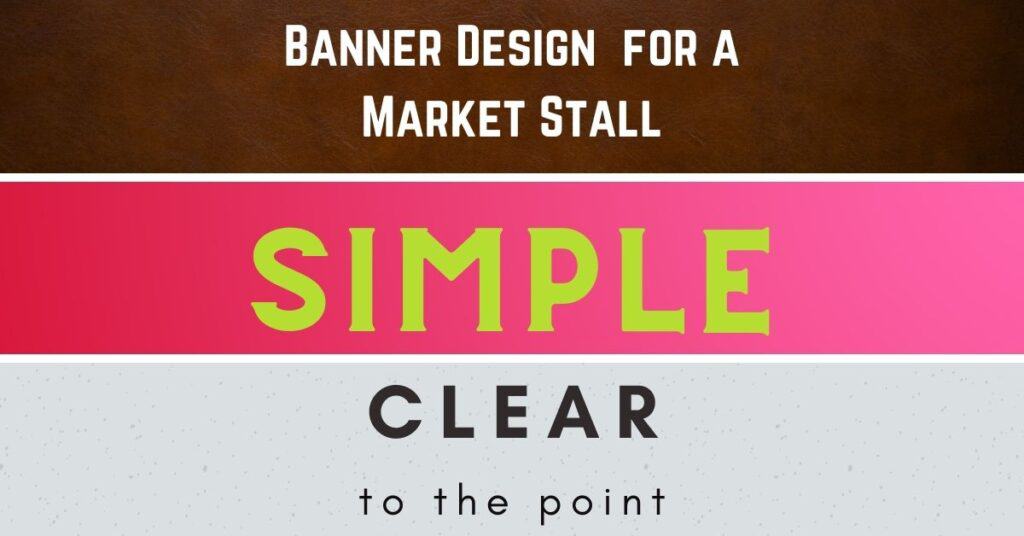
There are two reasons to have a banner on a market stall. The first and most important reason is to let customers know what you are selling and the second is to identify your brand. Getting your banner design right is essential to ensure success at your market stall.
There are many things to consider when designing a banner for a market stall, from its size, the message, legible fonts, effective colours and ultimately how to attract the most attention for your stall. Why have a banner? They allow you to advertise your wares above the heads of the crowds and get your stall to stand out.
You will get used to your banner being an essential part of your stall set-up. Your banner will be the no. 2 item on your REMEMBER TO TAKE to the market checklist, after your table cloth! Forgetting to take your banner with you to a market will make your stall look incomplete and undressed. You will feel discombobulated. Seriously, your banner is the essential final touch to your stall. If you don’t have it new customers will not know what you are selling and you will get fewer sales. It’s like having a shop without a name.
Size
Banners for markets stalls are usually either long and shallow (e.g. 120cm x 40cm) or wide and deep (e.g. 1m x 1m) both designed to be placed behind the seller on the back of the stall. You can have your banner any size you need according to your stall size and venue. Just remember these do cost around £50, so when considering your first banner, think of the variety of events that you may need to use it for as it may affect the size you decide on. We opted for a long and shallow sign which allowed us to also use it as a table ‘skirt’ banner when stall positioning meant that we couldn’t place it above the back of the stall. Remember some stalls are just a table without anything at the back of you that you can suspend any signage from, so, rather than have nothing identifying your stall, a skirt banner works well – if a little untidy!
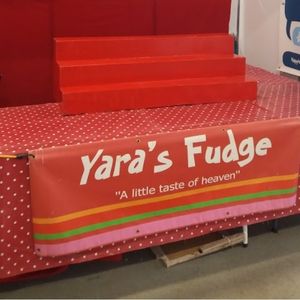
Material
The most common type of material used for printed banners is vinyl, as they are heavy duty and last a long time. Some also mesh which allow wind to flow through them meaning they don’t put too much pressure on the holding structure in the event of wind. The only downside to these is that your printing is not as sharp as that printed on vinyl. You may consider getting a piece of wood and painting your logo on that. A nice cheap option but if you intend to suspend it behind you, banging your head on the sign is a very real problem and you may wish to reconsider your placement.
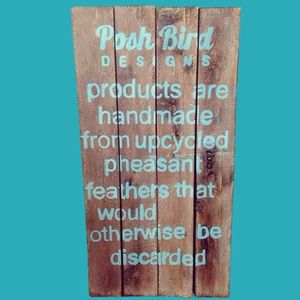
Message
Do think a lot about the message that you want to put across. Simplicity is key. You might want to tell everyone about every detail of your offering, including your telephone number and address and website address. But that is not the point of a banner. Too much information is overload, and ultimately you will lose your audience. The point of a market stall banner is to say ‘I SELL THIS LOVELY STUFF HERE’. No offers, no call to action, no telephone numbers. Include a business name if it explains what you sell. e.g. Laura Smith – Speciality Gift Hampers or The Pie Creator – Traditional British Pies.
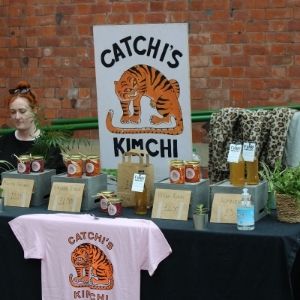
Font
There are so many fonts available that it can be hard to choose. You may want a fancy one (serif fonts) but for optimal legibility select a sans serif font. The Serif fonts have more decorative strokes that extend off the end of letters (think Middle Ages writing). Serif fonts are more difficult to read fast and the fonts without (sans in French) these extra little additions are uncomplicated and therefore easier to comprehend at a glance.
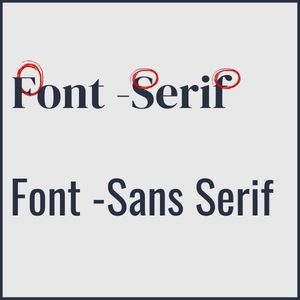
Colour
- Using a single colour in various tones and hues is easy on the eye. Ideal for a sleek and minimalistic look.
- Use two colours from opposite ends of the colour wheel. It is pleasing to the eye and more common in printed media.
- Create stark, complimentary colours for ease of reading. Think black on white or vice versa.
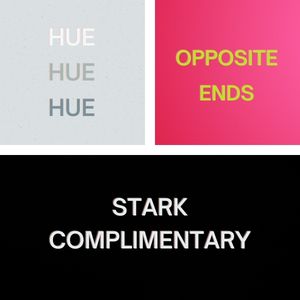
There is a whole field of study on the use of colours in psychology and well worth swotting up about before planning your business colours and logo. As a basic rule, know that colours from opposite ends of the colour wheel complement each other and are pleasing to the eye.
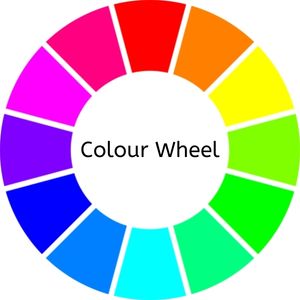
Design
Whatever design you decide on, the most important factor to consider in banner design is its legibility from a distance. To that end, exclude any unnecessary information – less is more here. Have your banner be consistent with your audience. So, if you typically sell at a farmers’ market don’t consider the use of graphics that may be more suited to a bikers event or to a younger more vibrant crowd.
Positioning
Consider where your banner will most often be hung. If outdoors, then ideally brighter colours will be more effective against the competition from the background noise. For indoor banners to stand out more, try a bright border that frames a light background or even accentuate text with a drop shadow.

Roller Banners
Seriously, don’t bother! Roller banners were not designed for market traders. Particularly for outside market traders. They fall over at the slightest gust of wind and are incredibly irritating. They are also annoying for fellow stallholders because they block the view of neighbouring stalls, impacting their ability to sell and to be seen by customers. Please don’t consider these roller banners. Often you will see novice stallholders with these but they don’t have them for long – they are soon replaced by a proper banner.
Attract attention
Always remember that the aim of your banner is to attract attention. Make sure you design for high contrast against your background for maximum exposure. Decide on the reason for your banner – to promote your brand or to let customers know what you sell? You can do both.
Happy Trading!
Related Posts:
- How to Run the Perfect Event For Stallholders and Customers
- What makes a good market? Top Tips For Selecting a Good One
- Best Pop Up Gazebo for a Market Stall? We’ve Tried Them All
- How Much is a Market Stall? Examples from Different Regions
- How to Promote Your Market Stall Business: For Free!
- What Do You Need To Trade At A Market Stall In France?
